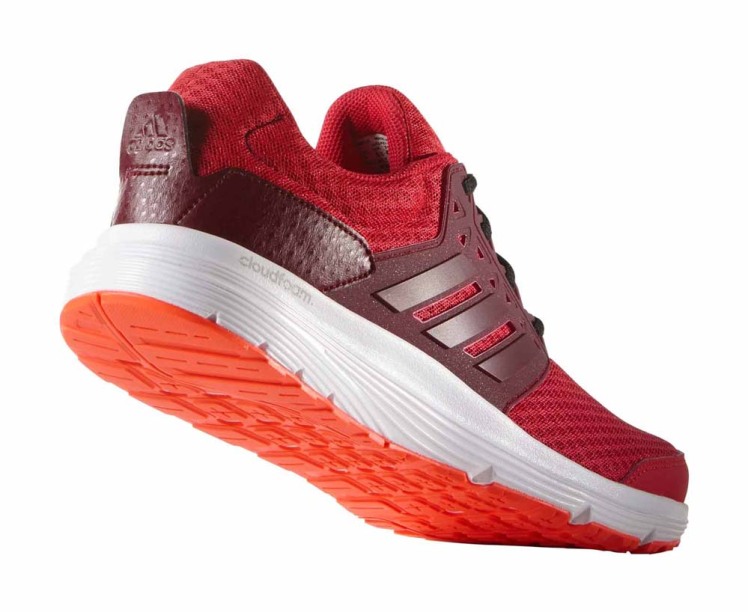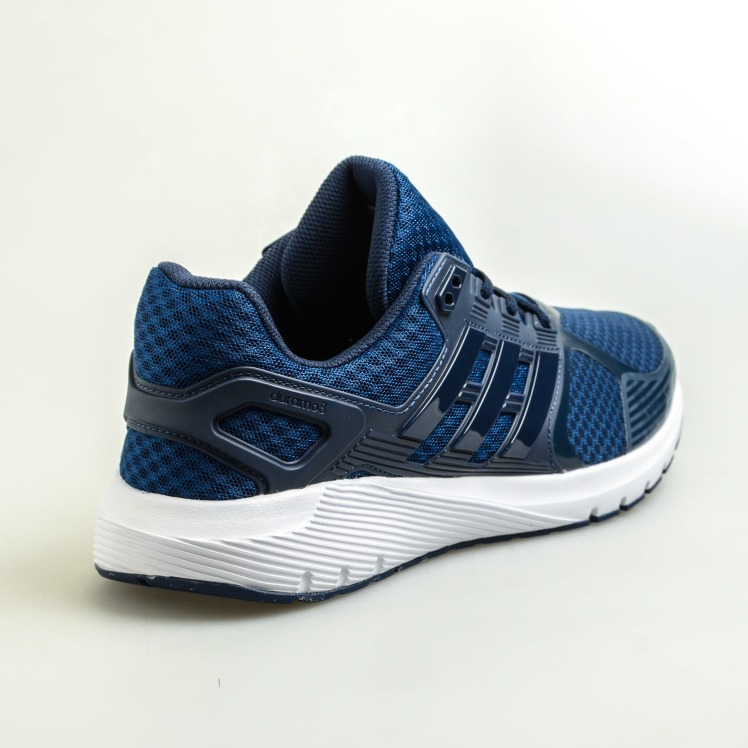Movement in running shoe or even walking shoe must be restricted in order to reduce the impact on the knee and foot due to improper landing on hard surfaces, which can result from errors in strides.
While the experiential knowledge of securing the foot in the running shoe is known from the sport physiology perspective, the challenge is always in developing a simple, elegant, and low cost method for shaping the upper mesh of the shoe to the individual contours of different runners. Specifically, individual differences in foot shape and size meant that it is a design challenge to afford high quality fit of the foot to the shoe, especially at the ankle and upper surfaces of the feet. From another perspective, cost would certainly escalate if the traditional approach of designing a uniform sole-in structure of the feet into the shoe is adopted. Thus, a flexible mesh that conforms to the shape of the feet’s upper surface upon inserting the foot into the shoe is the most feasible approach for improving the lock of the foot in the shoe.

Figure 1: Brown flexible cage structure on the Adidas Galaxy 3 helps enable a conformal fit of the foot to the shoe. Additionally, the shoe is exquisitely designed for comfort through the provision of a well designed heel counter as well as a lid on the sides of the foot ankle.
To this end, Adidas uses an innovative approach for locking-in foot movement in the Adidas Galaxy 3 walking cum jogging shoe. Specifically, a flexible cage is constructed and integrates with the midsole of the shoe. Tuned to a tighter position and smaller volume, the flexible cage expands to a conformal fit of the foot to the shoe upon foot insertion into the shoe volume. Binding to an expandable mesh with thick cushioning, Adidas has found a simple and elegant solution to reduce foot movement in the shoe by using a flexible plastic cage to lock the upper mesh into a shape that could be expanded upon inserting the foot into the shoe.
Overall, the solution found by Adidas has been replicated in Adidas Duramo 8, which has added refinement in using a one piece cage structure to both shape the heel counter as well as providing a comfortable and lock-in fit to the upper surface of the forefoot (Figure 2). In particular, the cage structure provides a simple and low cost approach for shaping the slightly expandable upper mesh into a shape resembling a shoe. Such a flexible and shapeable cage structure represents a leap in imagination on the part of Adidas designers in introducing a fashion statement in walking and lifestyle shoe design, as well as continuing the enduring requirement of providing foot comfort to the shoe wearer.

Figure 2: One piece flexible cage featuring heel counter and mid mesh restrainer for adding form to the single piece upper mesh, a design which reduces fabrication cost while providing a simple means for a conformal fit between the feet’s upper surface and the shoe. Note how the heel counter exerts force for shaping the upper mesh into a suitable shape for a heel counter.
Category: sports medicine, sports science,
Tags: cage structure, conformal fit, flexible cage, upper mesh, pronation,
Acknowledgement: Ng Wenfa thank Seah Kwi Shan for co-authoring this blog post.